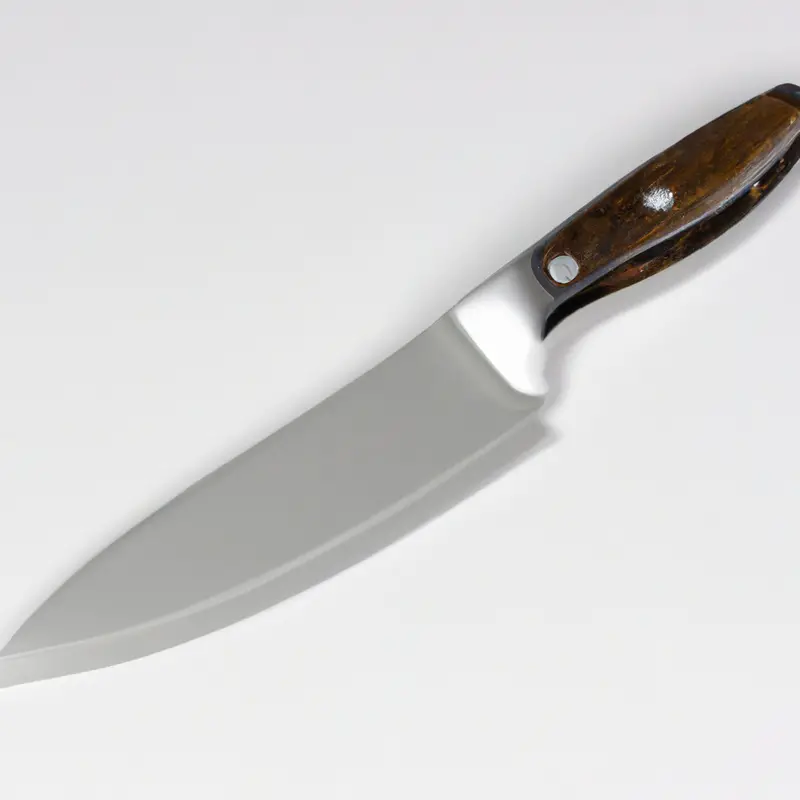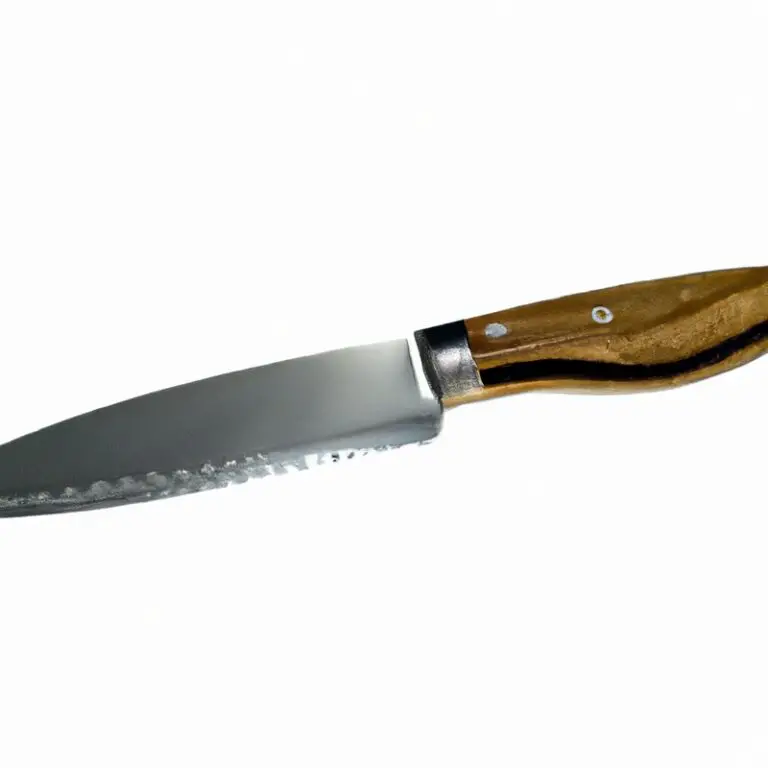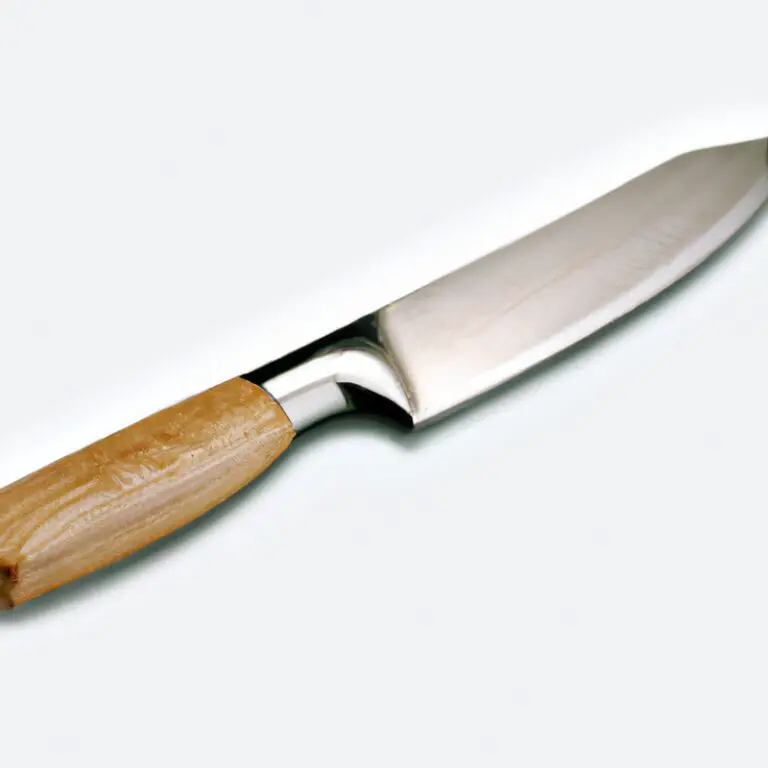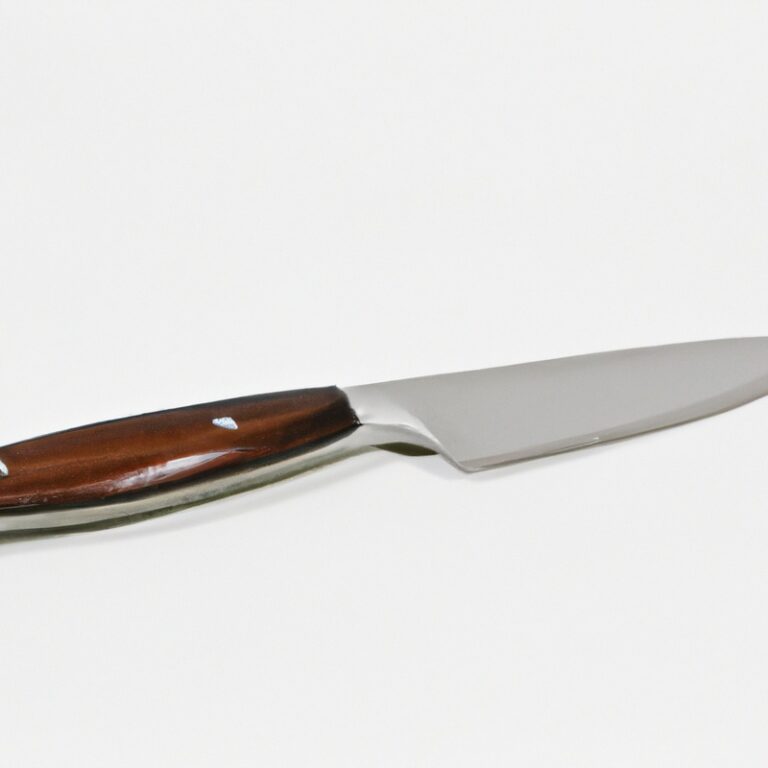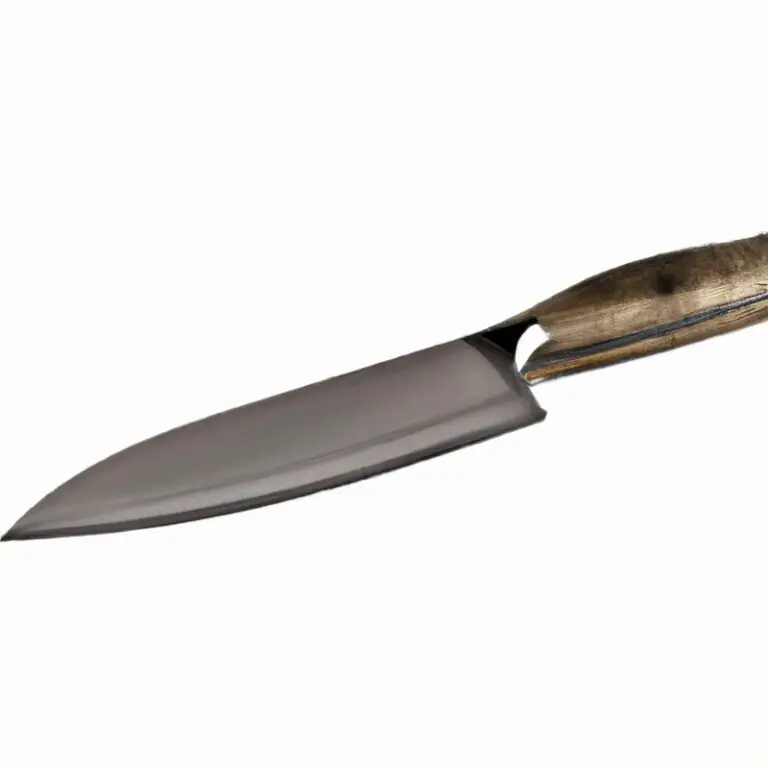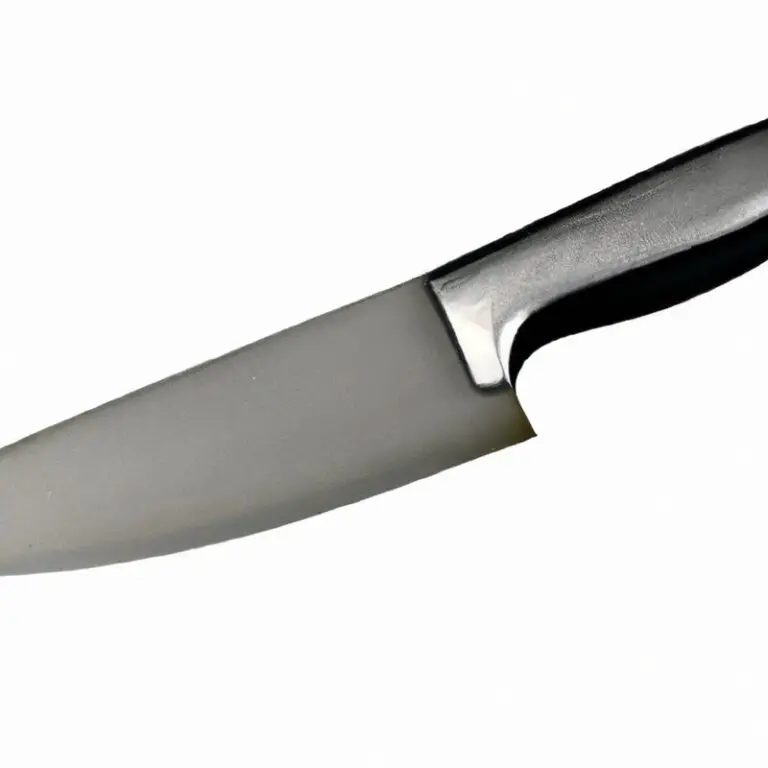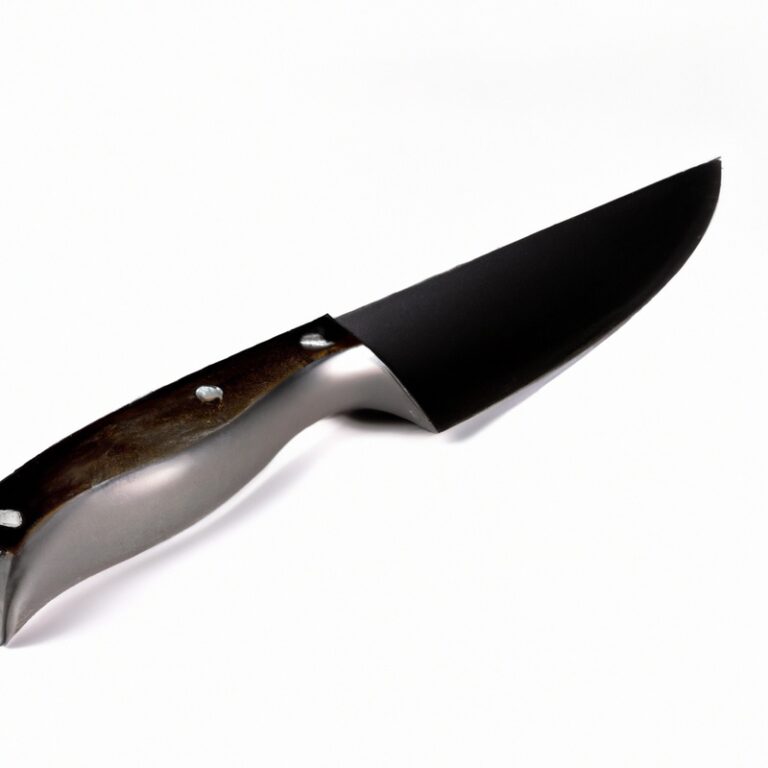What Are The Common Mistakes To Avoid When Filleting With a Fillet Knife? Don’t Ruin Your Catch!
Key Takeaways:
- Proper handling and sharpening of a fillet knife is crucial for successful filleting.
- Not taking the time to remove all bones from the fillet can result in a less enjoyable eating experience.
- Avoid using a sawing motion when filleting as it can damage the flesh and ruin the texture.
- Always use caution and pay attention to your fingers when working with a sharp fillet knife.
Filleting fish can be a tricky business, and if you’re not careful, it can result in a badly filleted fish, injured fingers, or even a broken knife blade. As a passionate fisherman, I’ve seen it all and made my fair share of mistakes along the way.
But with some practice and by avoiding some common mistakes, you can become a pro at filleting fish in no time.
In this article, we’ll explore the top mistakes to avoid when filleting with a fillet knife, including poor grip control, choosing the wrong size knife, cutting too deep into bones, and many more. So grab your fillet knife and let’s dive in!
| Common Mistakes | Why It’s a Mistake | How to Avoid It |
|---|---|---|
| Using a dull knife | Difficult to make clean cuts, can slip and increase the risk of injury | Sharpen the knife before use and hone it frequently while filleting |
| Not taking the time to properly clean the fish | Can leave bones, scales or other unwanted parts in the fillets, affecting the taste and texture | Rinse the fish, scale it, remove the head and gut it before filleting. Check for any leftover bones after filleting |
| Starting with the wrong cut | May cut into the bones, losing meat and increasing the risk of injury | Start with a shallow cut behind the gills or pectoral fin and follow the natural curvature of the fish |
| Pressing too hard or using the tip of the knife | Can damage the meat and leave bones in the fillet, lowering quality and increasing the risk of injury | Use a gentle, smooth motion and the middle section of the blade for better control and less damage |
| Rushing through the process | Can sacrifice quality or safety for time, leading to unwanted bones or injuries | Take the time needed to properly fillet the fish and follow all safety guidelines |
Poor Grip Control
Poor grip control is a common mistake people make when filleting with a fillet knife. It refers to the inability to hold the knife properly while cutting, which can result in a dangerous slip or an uneven cut.
To avoid this mistake, ensure that your hand is positioned correctly on the handle of the knife, with the thumb and index finger providing a firm grip.
It’s also essential to keep a stable and relaxed grip throughout the filleting process and to avoid applying too much pressure. With practice, you can improve your grip control and make filleting with a fillet knife safer and easier.
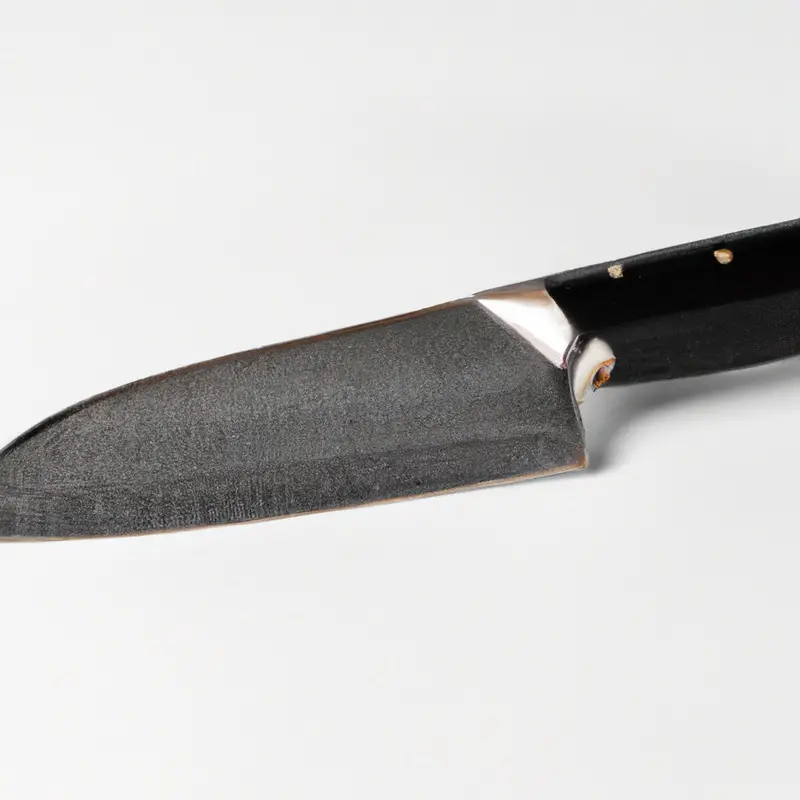
Choosing the Wrong Size Fillet Knife
Choosing the wrong size fillet knife can have a significant impact on the quality of your filleting job. A fillet knife that is too small cannot handle larger fish, while a knife that is too large can be difficult to control for smaller fish.
It’s important to select the right size blade to make your filleting job easier and more efficient.
Typically, a 6 to 8-inch blade is suitable for most fish, while larger species may require a blade size of 9 to 11 inches. Make sure to consider the type of fish you’ll be filleting and choose the appropriate blade size accordingly.
Selecting the right size fillet knife will ensure an effortless filleting experience with clean cuts and minimal waste.
Using the Wrong Technique
Using the wrong technique when filleting with a fillet knife can lead to a variety of problems. One of the most common mistakes is cutting through bones instead of around them, which can cause the blade to become dull more quickly and make it more difficult to get clean fillets.
Another common mistake is not using the entire length of the blade, which can make for uneven cuts and wasted meat.
It is important to make sure the blade is at the correct angle, and to use a long, smooth stroke when making cuts. Remember to use a steady hand, and avoid applying too much pressure, as this can cause the blade to slip and result in injury.
Proper technique is essential for getting the most out of your fillet knife, and will help you avoid wasting meat or injuring yourself.
Dull Knife Blade
Using a dull knife blade is one of the most common mistakes to avoid when filleting with a fillet knife. A dull blade can make the filleting process difficult and dangerous, as it requires more pressure and force to cut through the fish.
This can result in an uneven fillet and an increased risk of injury.
To avoid this mistake, make sure to sharpen your fillet knife regularly with a sharpening tool or stone and replace any blades that are too damaged or worn down. A sharp blade will not only make filleting easier, but it will also produce a cleaner and more precise cut, allowing you to enjoy your filleted fish to the fullest.
Not Preparing Fish Properly
Not preparing fish properly before filleting can lead to mistakes and wasted meat. Start by scaling the fish and removing the internal organs.
Cut a small incision behind the gills and insert your fingers to remove the organs, ensuring none are left behind.
Rinse the fish thoroughly before filleting. Removing bones can also be tricky if not done correctly.
Use a specialized pair of pliers or needle-nose tweezers to remove any remaining bones.
Failure to thoroughly prepare fish can lead to difficulty in filleting, damage to the meat, and potential health risks.
Cutting Too Deep into Bones
Cutting too deep into bones is one of the most common mistakes when filleting fish. While attempting to remove all the meat, it is easy to accidentally sever too deep into the bones.
This can result in bone fragments getting mixed in with the fillet, which is both unpleasant and dangerous to consume.
Additionally, cutting too deep into the bones can result in a significant portion of the meat being left behind, leading to a wasted fillet. To avoid this mistake, it is essential to take your time and use a delicate touch when cutting along the bones.
It is also helpful to use a fillet knife with a flexible blade, allowing you to better navigate the contours of the fish.
Remember, it’s better to leave a little extra meat on the bones than to risk tainting the fillet with bone fragments.
Applying Too Much Pressure
Applying too much pressure is a common mistake when filleting with a fillet knife. It can result in cutting through the bones, destroying the fillet, injuring yourself, and wasting meat.
Using too much pressure can cause the knife to slip, which can be dangerous for you and make the filleting process more challenging.
It’s important to apply a consistent and gentle amount of pressure when filleting to preserve the meat and avoid any accidents. Remember, filleting is a delicate process that requires precision and control.
Practice a light and gentle approach to prevent this mistake.
Not Maintaining a Steady Hand
Not maintaining a steady hand is a common mistake when filleting with a fillet knife. A steady hand is essential for making precise cuts and avoiding accidents.
Shaky hands can result in uneven fillets, wasted meat, and even injuries to the user.
To maintain a steady hand, it is important to position the knife correctly and use slow and deliberate movements. Applying too much pressure or rushing the process can lead to mistakes and injuries.
Practicing with a fillet knife and getting comfortable with the technique can help to improve grip and control, resulting in better and safer filleting.
Cutting Towards Fingers
Cutting towards fingers is a common mistake many people make when filleting fish. It is crucial to avoid this mistake as it can easily lead to severe injuries.
Always make sure to position your fingers safely away from the path of the knife blade and keep them in a curled position.
This way, if the blade slips, it will not cut your fingers. It’s also important to pay attention to the angle of the blade and keep it away from your body.
Remember to keep a strong grip on the knife and use a controlled slicing motion to avoid any accidents.
By being cautious and aware of the blade’s direction, you can avoid potentially serious injuries and effectively fillet the fish without any harm to yourself.
Improper Positioning of the Fish
Improper positioning of the fish is a common mistake made during filleting. This mistake can make it difficult to achieve a clean cut and can increase the risk of injury.
It’s essential to position the fish with its head facing away from you and tail towards you.
This positioning allows you to have a clear view of the fish’s spine and the direction of its bones, enabling you to make precise cuts. Another essential aspect of proper positioning is ensuring that the fish is placed on a stable and secure surface.
Doing so prevents the fish from sliding around, reducing the risk of injury and uneven cuts.
Always keep these positioning tips in mind before starting the filleting process to make the work easier, faster and safer.
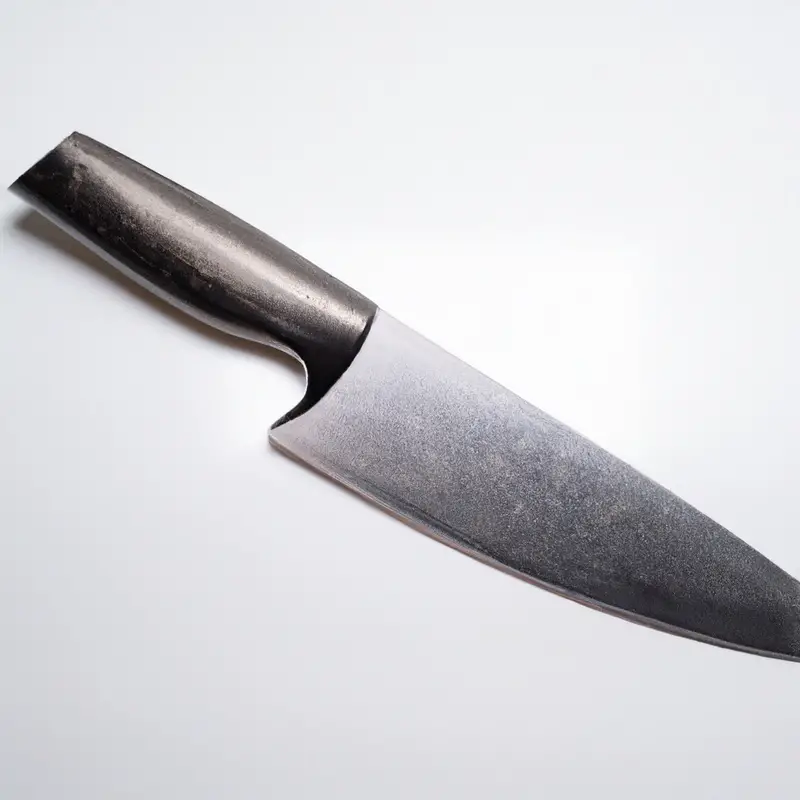
Final Verdict
Filleting a fish requires skill, practice, and the right tools. It is important to avoid common mistakes such as poor grip control, choosing the wrong size fillet knife, using the wrong technique, and not preparing the fish properly.
Additionally, dull knife blades, cutting too deep into bones, applying too much pressure, not maintaining a steady hand, cutting towards fingers, and improper positioning of the fish can also lead to accidents and injuries.
By avoiding these mistakes, you can ensure a clean and efficient filleting process that produces high-quality fish meat. Remember to always prioritize safety, invest in a high-quality fillet knife, and practice proper filleting techniques.
Keep these tips in mind and you’ll be on your way to mastering the art of filleting fish like a pro.

